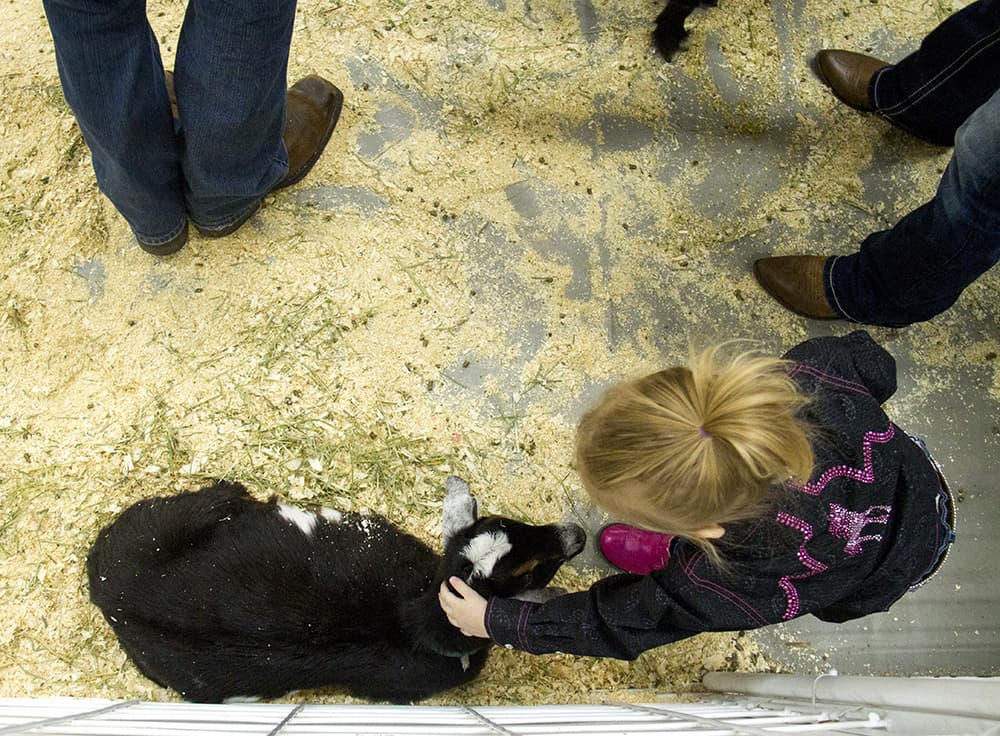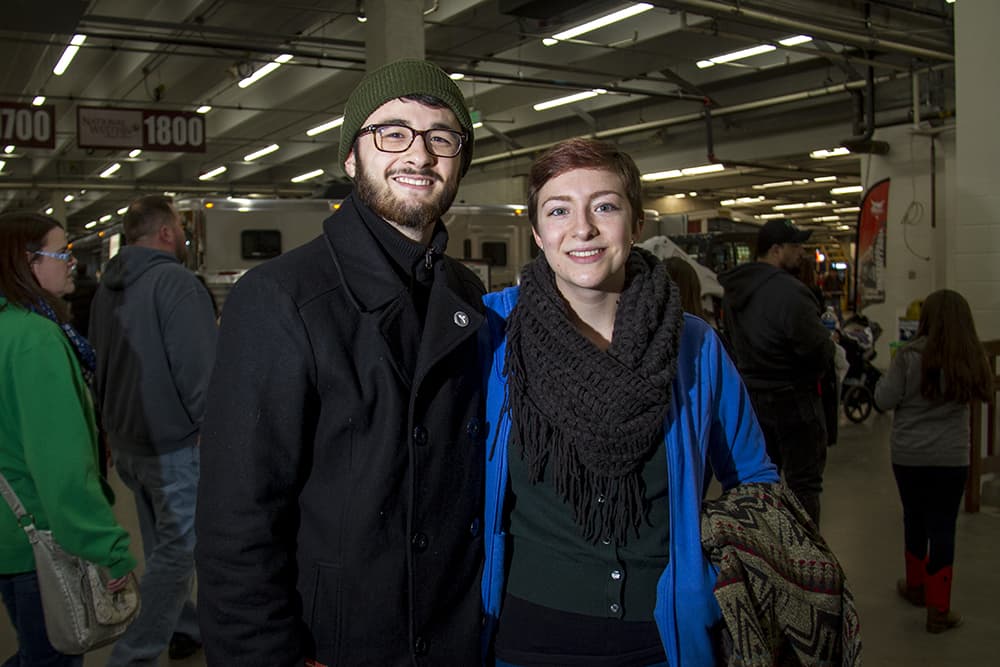
Kelly Leid doesn't get the opportunity to don a bolo tie all that often in his role figuring out the future of the National Western Stock Show complex.
But when the multi-day, rodeo-filled stock show comes to the ever urbanizing Denver, Leid's boots and bolos come out. For him, and many others, the National Western Stock Show is about celebrating and preserving the values and culture that helped Denver — and the state overall — get to where it is today.
"It's our excuse to be Westerners again," Leid said.
The National Western Stock Show also gave Council President Albus Brooks an excuse to put on a cowboy hat as he welcomed the 111th annual show to town during last week's City Council meeting.
"My urban kids love the stock show. More than they love Disneyland, more than they love Elitch's, they love the stock show," Brooks said. "There’s something special about kids in an urban environment connecting to our agricultural roots here in the state of Colorado."

Councilman Jolon Clark, a self-described city slicker, said he rode his bike to the meeting in cowboy boots and that the stock show was the first time he ever gazed upon a live chicken.
Denver has come a long way since the National Western Stock Show started in 1906. The city's tried to shake its cow-town image over the years and as a result more residents today are like Clark, Brooks and Leid, going to work in offices far from farms and raising families in a densely populated metropolitan area.

The Stock Show as a Symbol
"The stock show is a great symbol of our past and also our frontiering spirit," Leid said. "One of the things that makes Colorado and Denver special is our willingness to reinvent ourselves, to explore, to be perpetually rediscovering ourselves as a place. We're not afraid of that, and I think that really ties back to our roots."
Denver and Colorado have neglected their roots and past in recent years, some would argue. Less than five years ago, leaders from rural, agriculture-heavy counties across Colorado complained about the lack of attention and respect, to the point the counties considered seceding and forming a new state altogether.
"Through education, we bridge the divide between rural and urban consumers," said Paul Andrew, president and CEO of the Western Stock Show Association. "Through our education at the show, we're showing the urban consumer where their food comes from, and we're showing rural residents how great the city is."

For awhile, the city wasn't all that great for the nonprofit association that oversees the stock show. In 2011, the group threatened to move the show out of Denver unless it received what it considered vital financial reinvestment and upgrades.
"As the complex’s footprint grew and surrounding areas were slowly converted from agrarian to industrial use, access to the complex became more difficult; railways crisscrossed and bisected the area, the highway was built and later expanded, factories peppered the surrounding landscape and streets and bridges were roughed-in with little thought for ease of access or the future," according to an application filed with the state for financial assistance on redeveloping the complex.
An unnamed person is quoted in the application as saying, "We show all over the world, and Denver is one of the worst experiences of the year."
Some people are disappointed with long wait times to load and unload cows, horses and other livestock at the complex, Andrew said. "But they bear with it because we are the Super Bowl of livestock shows."
Denver ultimately convinced the stock show to stay. In 2015, voters approved borrowing and tourist tax extensions to address connectivity and other issues as part of the $1.1 billion National Western Center redevelopment project.
While visiting from Rochester, New York, Dom Liotti said he's glad Denver will continue to have something like the stock show.

"Denver itself is an up-and-coming city. It's nice to see the roots of the state," the 18-year-old said while walking around the complex with his girlfriend, Katianna. "It's important to our generation specifically. As there's influx of us moving here, it's important for Denver to maintain the identity that's been here much longer than we have."
The city’s goal is to transform the National Western Complex and Denver Coliseum from the home of a roughly two-week agriculture event complete with professional rodeos, a horse show and a western trade show to a year-round destination and global hub for agriculture and innovation.

The future of the stock show
In his role as executive director of Denver’s Office of the National Western Center, Leid plays a key role in shaping the future of the complex.
"One of our challenges is making sure in the redevelopment of the site that we can blend old and new together," he said. "If you go to other places across the country, what can happen is a site becomes too Disney-like — you fabricate what it's supposed to be, and it doesn't feel real. Or you take something that's very old and you try to fix it up, and it destroys what makes it unique."
It's unknown whether Leid and his team will be able to avoid those pitfalls. They're currently in the process of acquiring the additional space for the stock show's expansion. A schedule of improvements and construction is expected to be released sometime this year.
"They can't build a skyscraper and call it the stock show," said Erin Johnson, an Elizabeth resident who was visiting the stock show with her husband, Geoff, Saturday.
"If they change the feel of the stock show, it will alienate people who have been coming for generations," she said.
The Johnsons were cautiously optimistic for the future of the National Western Stock Show. They hope the redevelopment doesn't lead to exorbitant entry costs and vendor fees, which they believe is starting to become a problem now.

"They can't look at this as a money-making thing. It has to be a historical thing," Geoff Johnson said. "Denver has great potential to draw twice as many people here if they don't get greedy."
Business & data reporter Adrian D. Garcia can be reached via email at [email protected] or twitter.com/adriandgarcia.
Subscribe to Denverite’s newsletter here bit.ly/DailyDenverite.












